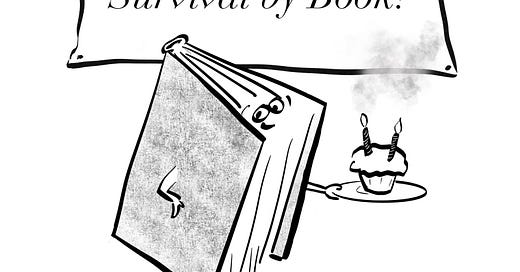056: A Hero is a Person Who Blunders into an Open Cave
It's been 2 years since I started this Substack and the weekly practice has brought some of the deepest truths home. Plus, a poem by Stephen Dunn, a cover reveal and Doodle Dispatches
Through a process of imagining, trying and building, artists create experiences that connect us to our own agency and power. We are in a moment when we urgently need these artists, culture bearers and creative workers who can help us envision and build a future of justice, health and wholeness.
—“How Artists Can Lead a Pandemic Recovery,” Bloomberg
It’s a pretty good sign of the times if even Bloomberg News knows that only art can save us.
The impulse to kill and destroy is roaring into the ascendant. The absence of heroes to lead us out of the wilderness is conspicuous. The truth of our mortality, which we can usually coax into a quiet corner, is striding around in broad daylight.
So what does that leave us?
You know the answer.
It leaves us with art.
*
I started writing this newsletter two years ago this week from out of the deep silence and fear of sheltering in place, and it saved me. It saved me because it gave me a way to be seen even though I was alone at home. It saved me becaus…
Keep reading with a 7-day free trial
Subscribe to Survival by Book to keep reading this post and get 7 days of free access to the full post archives.



